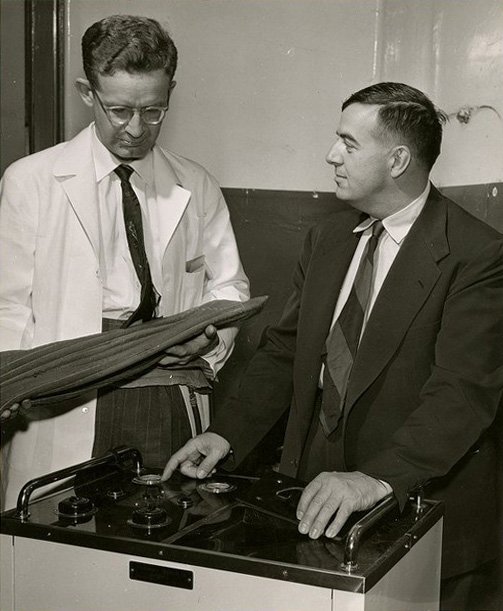Serious question for #medtwitter: If you show up at a code, and the patient is a centaur who had a cardiac arrest, ignoring the joules question, where do you think the defib pads should go? A, assuming the heart is in the human part, or B, assuming the heart is in the horse part? 

Do you guys suppose *all* centaurs have the same cardiovascular anatomy? Or are there some that are horse-heart-dependent and some that are human-heart-dependent? I'm guessing human-heart-dependent centaurs would be smaller and more intellectual. Nerd-centaurs, if you will.
Well, this was a silly thing I was pondering while eating cold pizza late at night. I didn't expect the tweet to get much attention and now I feel awful for not crediting the artist. Pls know this centaur is the work of Minoh Kim: facebook.com/minoh.kim.3
https://twitter.com/FredWuMD/status/1023034786393346048
• • •
Missing some Tweet in this thread? You can try to
force a refresh













